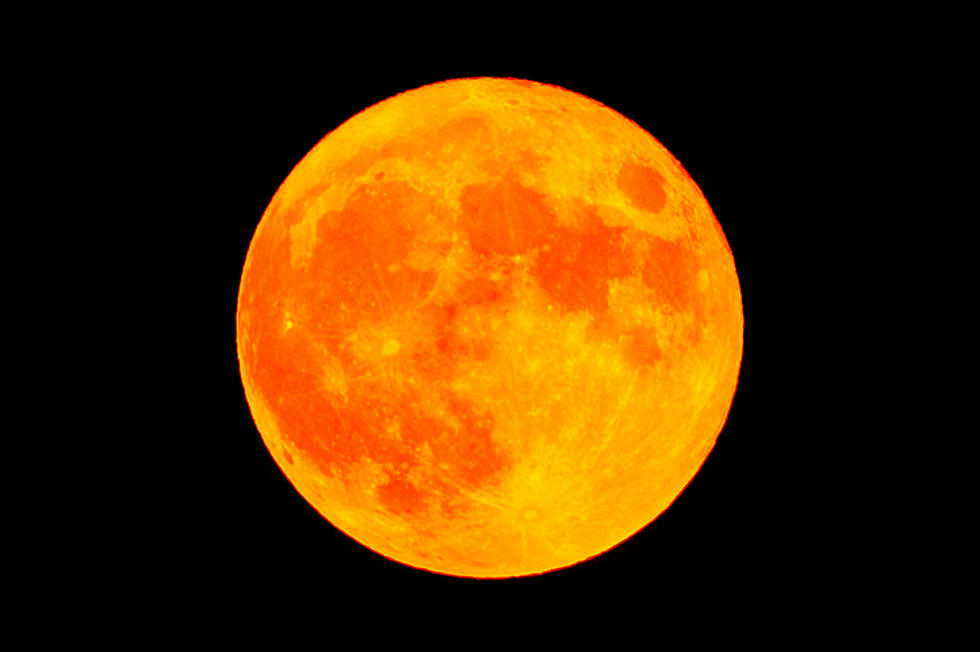
Texas Should Have a Good View of the July 4 Lunar Eclipse
We’ll have more than fireworks to look to the sky for this Fourth of July.
This Saturday night, the full moon will pass through part of the Earth’s shadow, causing a lunar eclipse. The eclipse will be visible across North America and South America and barring any clouds in the sky, Texans should have a great view. This will be the first lunar eclipse visible in our neck of the woods since 2019.
According to EarthSky, there are three types of lunar eclipses: total eclipse of the moon, partial lunar eclipse and penumbral lunar eclipse. This Saturday’s event will be a penumbral lunar eclipse.
The penumbral eclipse is much more subtle and harder to observe than total and partial eclipses. Unlike a total eclipse in which the moon goes completely dark or takes on a dark red or orange color, the moon will merely have dark shading on its face.
The eclipse will begin at 10:07 pm CDT on July 4 and will end on July 5 at 12:52 am CDT. The best time to view will be mid-eclipse at around 11:30 pm CDT.
The next eclipse will also be a penumbral eclipse and is set to occur the night of November 30. The next total lunar eclipse will take place on May 26, 2021. Both eclipses will be visible in our area, as long as there are no clouds in the sky.





